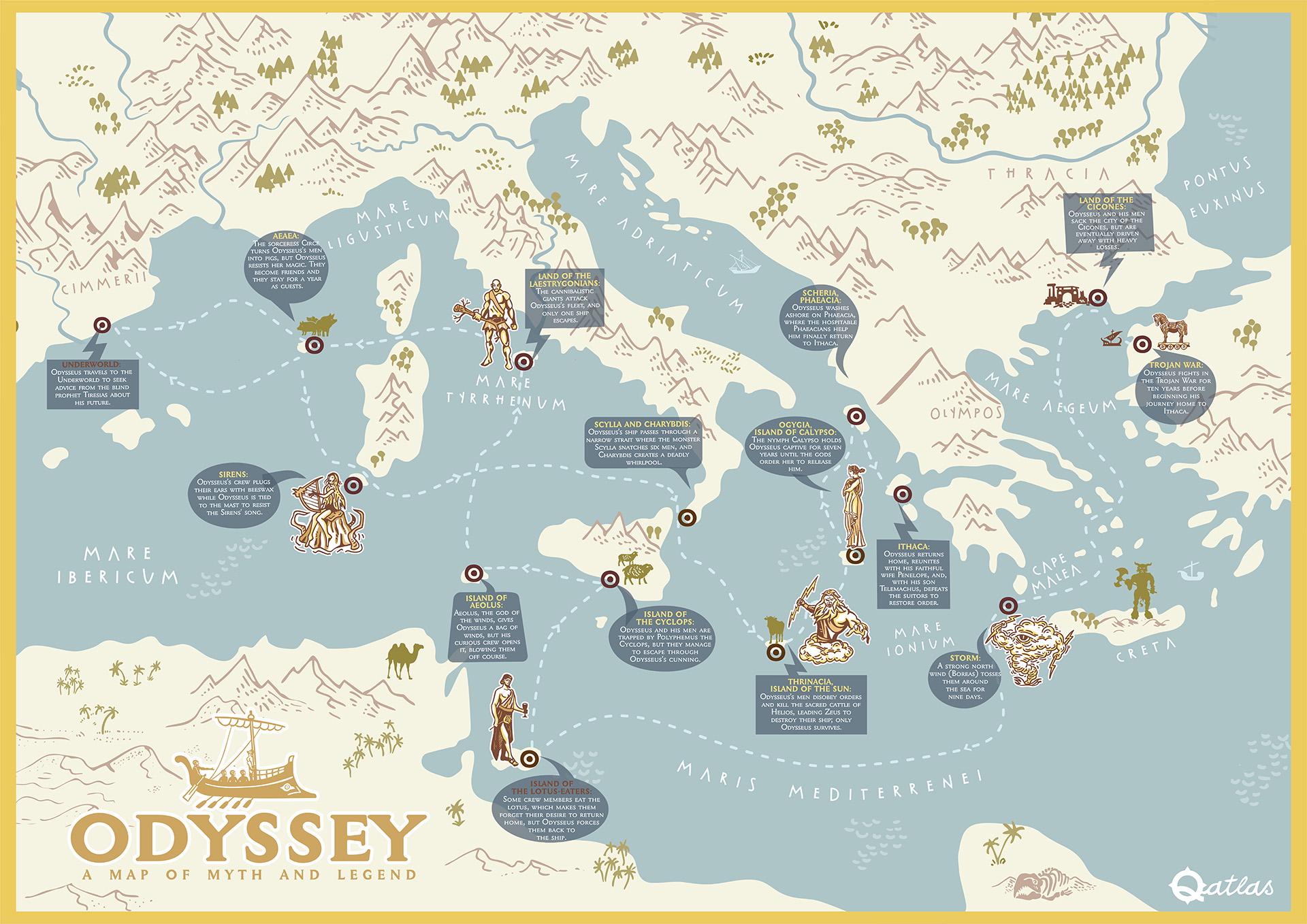Alright folks, had this wild idea the other night. Wanted to actually see where Odysseus wandered all those years. You know, after the Trojan War? Homer talks about islands and monsters and witches, but it’s all just... words. Needed a map. Figured, why not try to plot it myself? Free tools only, obviously. Here’s how it went down.
Starting With Pure Chaos
First, I grabbed my old copy of The Odyssey – the paperback’s spine’s practically broken. Flipped straight to the parts listing his stops. Troy, Ismaros, Lotus Eaters, Cyclops island... my kitchen table was soon covered in scribbles: island names, vague descriptions, distances guessed at in "days sailed". Felt overwhelming. How do you map "fog-bound island" or "land of the dead"? This wasn't working. Needed digital help.
Stumbling Through Web Tools
My browser became my best friend (and worst enemy). Searched stuff like "free interactive historical map tool", "ancient Mediterranean map maker". Found a bunch:

- Historical Map Overlays: Dug up this site with old maps of the Med. Cool! But... super clunky. Couldn't easily drop pins or draw a path over the antique scans. Felt like fighting the tool more than plotting the journey.
- Generic Map Plotters: Tried one everyone uses for hiking routes. Easy to drop points and connect them! Awesome! Until... realized the base map was super modern. Seeing highways and cities labeled right next to "Scylla & Charybdis"? Killed the vibe completely. Pure buzzkill.
- Blank Canvas Map Makers: Found one where you just get a big blank ocean image. Dragged my pins onto it: Troy pin here, Aeolia floating somewhere... Way too vague. Felt pointless. Wanted some actual geography for context, just without the satellite selfie.
Honestly, getting a bit annoyed now. Seemed simple! Find a decent ancient-looking base map, drop some points, draw a line. Why was it so hard?
Combining the Best Bits (AKA Hacking It)
Fine. If one tool couldn't do it, maybe mash a couple together? Here’s the winning combo:
- Step 1: Scoured the web archive sites. Found a usable, simple line map of the ancient Mediterranean around 1000 BC. Saved that image. No fancy labels, just coastlines and major islands.
- Step 2: Ditched the dedicated map tools. Opened up a basic graphics program instead. Imported my saved ancient map image.
- Step 3: Used the drawing tools! Simple circles for locations, numbered them. Drew a big, ugly, curvy line connecting them all – Troy to Ismaros, down to the Lotus Eaters, curling back up to the Cyclops place... Tried to follow Homer’s weird sequence as best as possible.
- Step 4: Grabbed the text tool. Stuck labels directly on the map image: "Circe's Island (Aeaea)", "Land of the Dead", "Thrinacie - Don't eat the cows!". Used a messy, slightly old-timey font for fun. Added a tiny ship icon near Scylla & Charybdis.
Was it a professional GIS masterpiece? Heck no. Was it colorful, kinda messy, and showed the crazy zig-zag path? Absolutely yes!
What I Ended Up With
So, the final product? A single image file. Homer’s journey visualized in the simplest, most low-fi way possible. It ain't accurate (Scholars fight constantly over this!), but it finally made sense. Seeing that chaotic path looping all over the sea, doubling back, going wildly off course... Homer suddenly felt less like homework and more like an ancient travel blog gone horribly wrong. Using free tools forced creativity – hacking graphics software over "proper" tools got the job done. Sometimes messy works!










